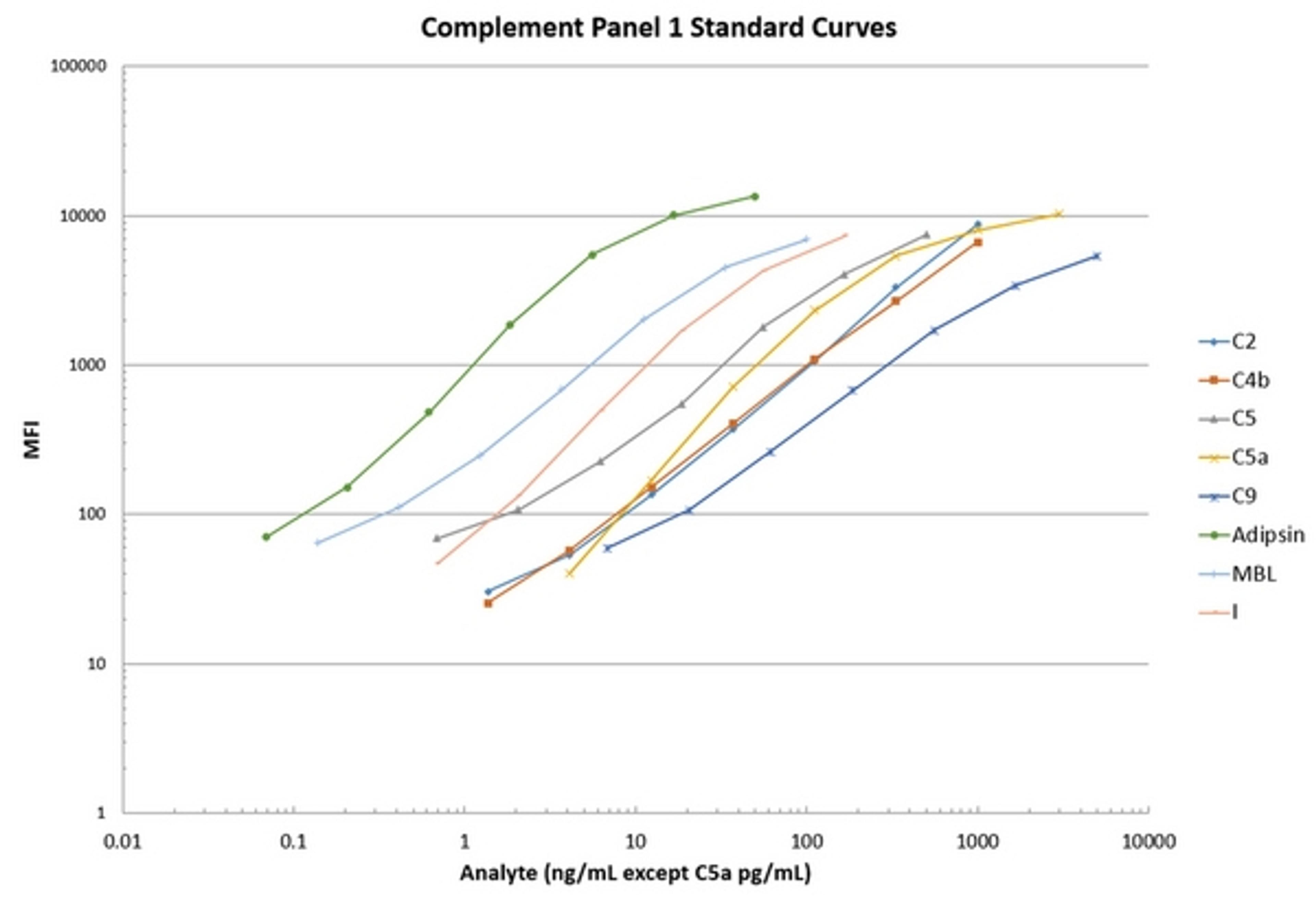Discover How Researchers at Rush Medical Center are Developing Novel Diagnostic Tests for Non-Small Cell Lung Cancer
Guest Editor, Yasha Talaga of MilliporeSigma, spoke to lead scientist, Dr Jeffrey Borgia to find out more
16 Jan 2017

Yasha Talaga, MilliporeSigma
Dr. Jeffrey A. Borgia, an Associate Professor at Rush University Medical Center spoke about his latest research. The lab is focused on the development of novel diagnostic tests to help guide treatment decisions for patients with non-small cell lung cancer. Currently, Dr. Borgia is refining his companion biomarker panel that will serve as a companion test for lung cancer screening.
His lab has preliminarily developed a companion diagnostic test for risk-stratifying individuals at high risk for lung cancer and a positive. His test is based on “multiple analyses and performed using the Luminex® platform. Its main strength is its high negative predictive value, which is an attractive means to help reduce the large numbers of false positives resulting from CT based lung cancer screening protocols,” explains Dr. Borgia. His group is trying to create more effective screening protocols which will reduce the mortality statics in the near future.

Dr. Jeffrey A. Borgia, Associate Professor at Rush University Medical Center
Biomarkers in discovery
This assay is being developed on the Luminex® platform using a wide array of excellent commercially available kits from MilliporeSigma and other sources. The proteomic capabilities of Dr. Borgia’s group enables custom assays to also be developed. As Dr. Borgia explains, “We recently reported great performance increases in our panel by integrating biomarkers from the Milliplex® Map human circulating angiogenesis panels.” These MilliporeSigma biomarkers are helpful “given that angiogenesis is one of the central cancer hallmarks. This made very sound logical sense that these biomarkers had diagnostic value,” notes Dr. Borgia.
Future perspectives
Following the establishment of a novel candidate biomarker, Dr. Borgia plans to “improve our ability to identify which patients with screen-detected tumors have a particularly aggressive pathology that would benefit from adjuvant treatment strategies usually reserved for more advanced tumors. With this, we expect to provide even more survival benefit for the patients from having their lung cancer detected early by the emerging screening protocols. The goal is to make lung cancer a manageable disease that no longer carries the grim statistics it currently does.” The biomarker panels being evaluated include the commercially-available biomarkers from MilliporeSigma that are surrogates for multiple biological pathways implicated in tumorigenesis and metastatic progression.
Do you use Milliplex® Map panels? Share your expertise and write a review today.

